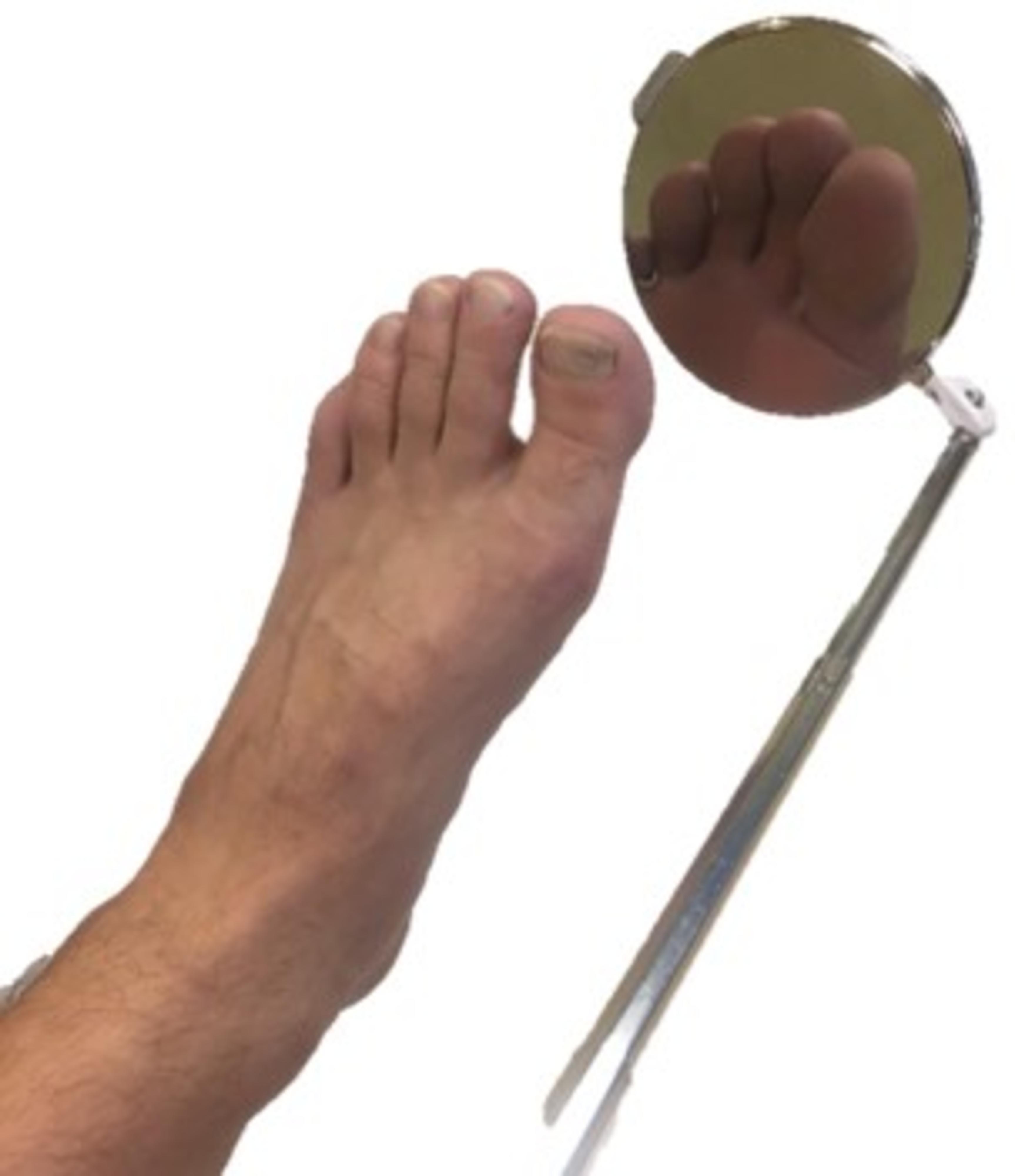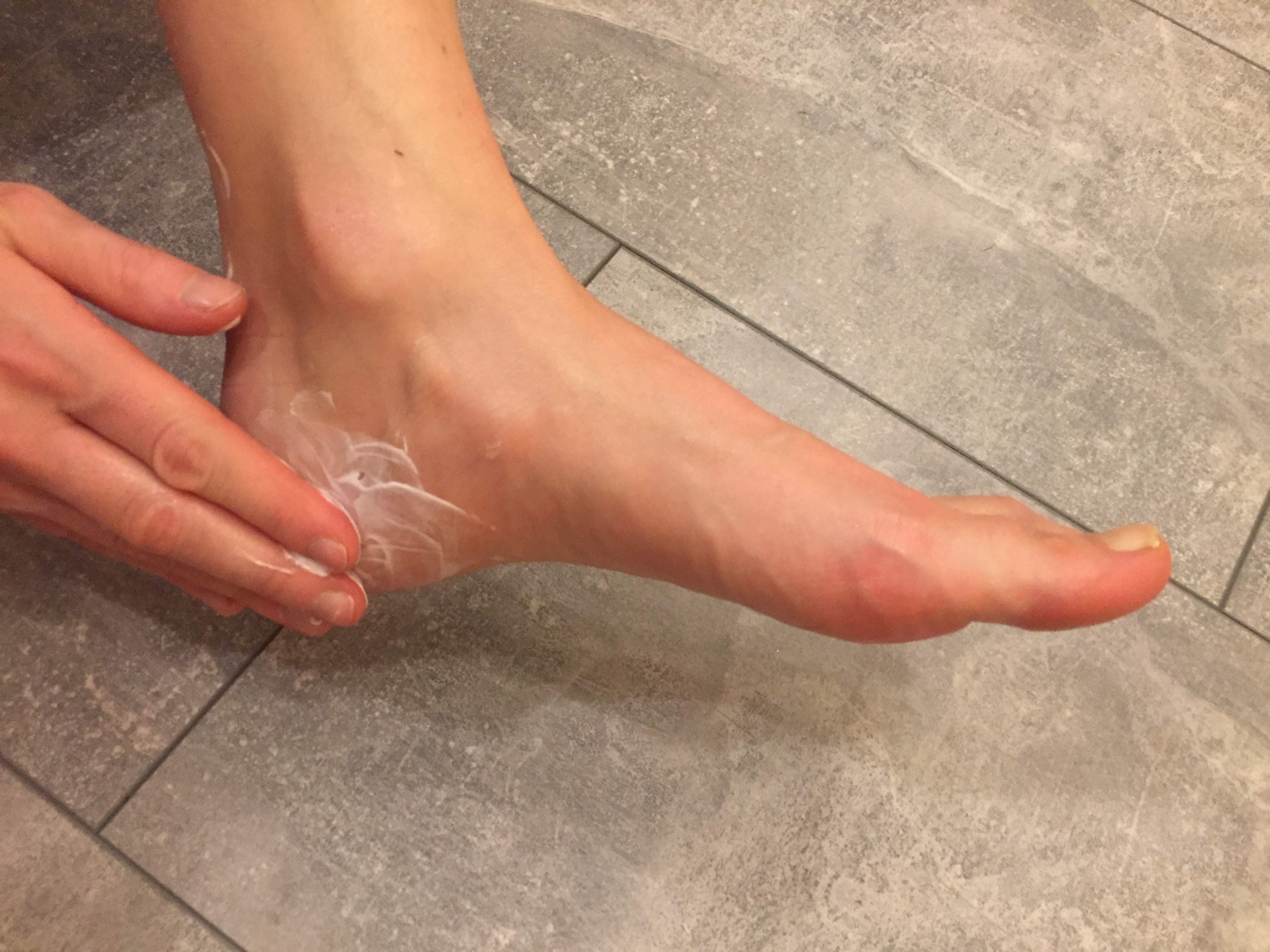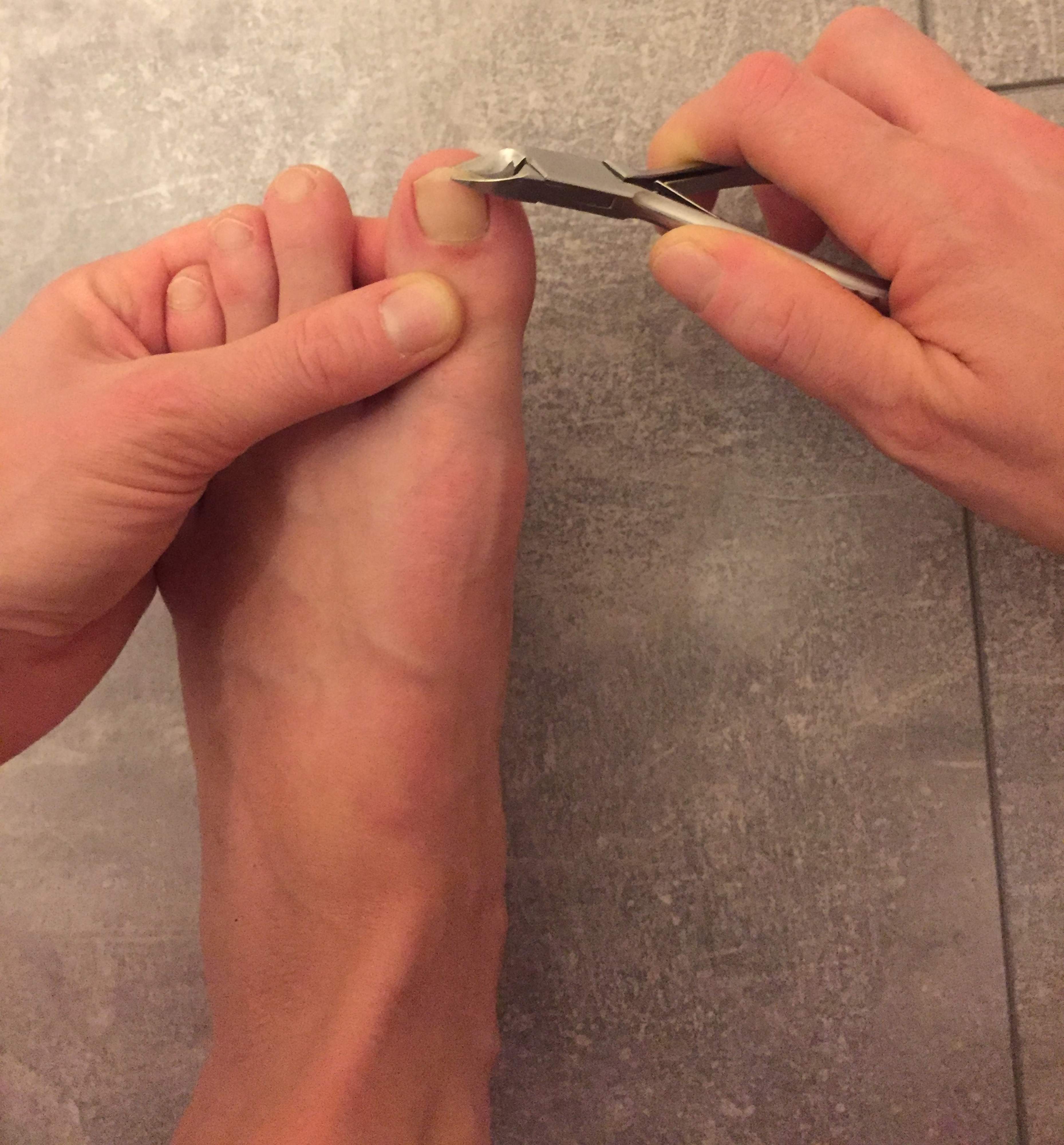Good self-management of diabetes includes feet self-care. It includes:
Inspecting your feet daily
Washing your feet daily
Applying moisturiser to your feet
Foot exercises
The skill to treat minor issues, such as sores, blisters and cuts
Suitable footwear and socks
Spotting minor issues or damage to the feet early enough helps avoid more serious foot problems.
Even minor sores and ulcerations should be taken seriously. Cuts should be treated immediately. If you find anything unusual (skin break, wound, redness around the nail, pain, swelling, redness) on your foot, do not strain it. If healing does not progress despite self-care, contact the agreed-upon care facility within a few days, or sooner if there are signs of inflammation in the foot, such as redness, swelling, or warmth, or if you develop a fever.





